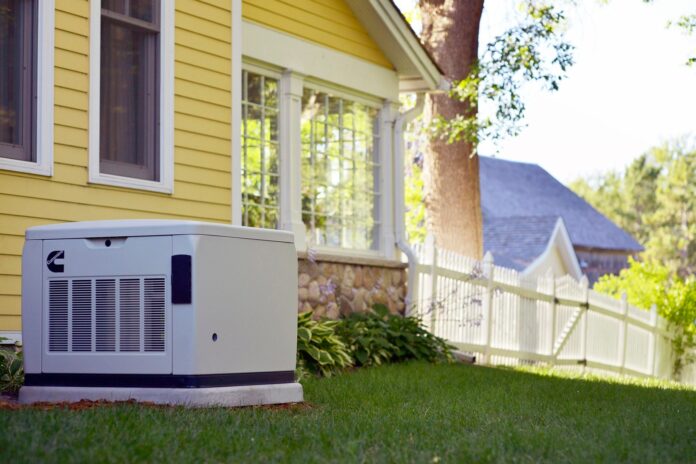The bigger the size, the higher the wattage is most often the case when it comes to generators. Thus, size is a good and reliable indicator of generator wattage. You can read this generator review for more clarity on the matter.
Before we can help you come to an answer on how many watts is needed to power your home, you must define clearly what “powering your house” means. Does it simply mean having enough power to run the fridge or freezer? Or, do you really mean for the generator to power the entire home, all essential household appliances included? Each calls on different generators, so make sure to know your specific purpose. You can also get to know about best generator for you different purposes from Bestofmachinery.com.
Wattage Numbers That Are Good for Your Home
Ideally, a generator used as your home’s backup power source should not be less than 3000 watts. At most, this number should cover the air conditioner, fridge, television, and lighting circuits, given that these aren’t heavyweight appliances. So know more about what size generator is needed to run a fridge.
If your appliances pack some punch in the power department and you need to keep them running simultaneously, a 10,000-watt unit is your best bet. That said, wattage numbers between the 3,000 and 10,000 range should address most backup power needs adequately.
What Size Generator Do You Need?
What size generator is suited to your needs? Follow these steps to get an estimate:
- Make a list of the appliances you still want running during a power shortage or outage. Are any of them sensitive appliances? If some are, do more research since size and wattage wouldn’t be the only factors determining your choice. If none are, proceed to step two.
- List down the starting and running wattage of each item on your list. In most appliances, you should be able to find these numbers on the label. Otherwise, refer to this estimation guide.
- Sum up the wattage. The total wattage count of the listed appliances should give a good size estimate of the generator you need.
Do keep one thing in mind, though. The figure is but an estimate, so you would still need professional consultation to be completely on the safe side.
What Size Generator Is Capable of Running Your Entire House?
On average, one needs anywhere between a 5,000 and 7,500-watt generator to power most essential household appliances. That would typically include the freezer, refrigerator, lighting circuits, and well pump. You should be able to run all these pieces of equipment simultaneously and efficiently with a 7,500-watt unit.
If you’re living in a mobile home, such as an RV, a generator with around 3,500 running watts should suffice. Though, make sure to check the individual wattages of each appliance you’re looking to power to be on the safe side. Depending on the labels, these are either expressed in the form of watts or amps.
Paying attention to these figures might not give you an exact calculation of the power requirement, but it does lead to safe estimates. Each home is different, anyway, so there really is no blanket power specification to refer to.
Are Large Portable Generators Good for Powering Sensitive Electronics?
From a technical standpoint, the answer would be yes. Though, where foolproof safety is concerned, a large portable generator is not the recommended route for these appliances.
THD or Total Harmonic Distortion is a phenomenon that typically happens to commercial, heavy-duty generators. Up to three percent THD is still considered safe and clean for most modern electrical devices. While state-grid and standby generators operate within this threshold, most heavy-duty portable generators don’t.
Using these generator types to power delicate electronics continuously could potentially damage them. However, that doesn’t mean portable generators are out of the question for sensitive equipment pieces since portable inverters still operate within clean THD levels.
Of course, inverters are small and, therefore, don’t have the highest running wattage. They’d be good for powering two or three sensitive electronics for a couple of hours, but don’t expect them to run the entire home. That is unless you have two or more working in tandem since that should multiply the power output considerably.
Lastly, whether you choose a portable conventional generator or an inverter, never operate it without a transfer switch. The absence of a transfer switch can make portable generators potentially damaging to electronics and dangerous to human and animal lives. In worst-case scenarios, it can ruin the whole neighborhood’s electric grid and even lead to potentially fatal electric shocks.
Safety Matters Most of All!
For all this talk of generator size and wattage, it’s important to remember that safety outranks all other factors. While it matters that you choose the right size generator, that should not factor into the equation nearly as much as knowing how to safely and properly operate the unit. Generators are not created equal, so make sure to do your homework on each prospective option, particularly concerning its safe operation.



















